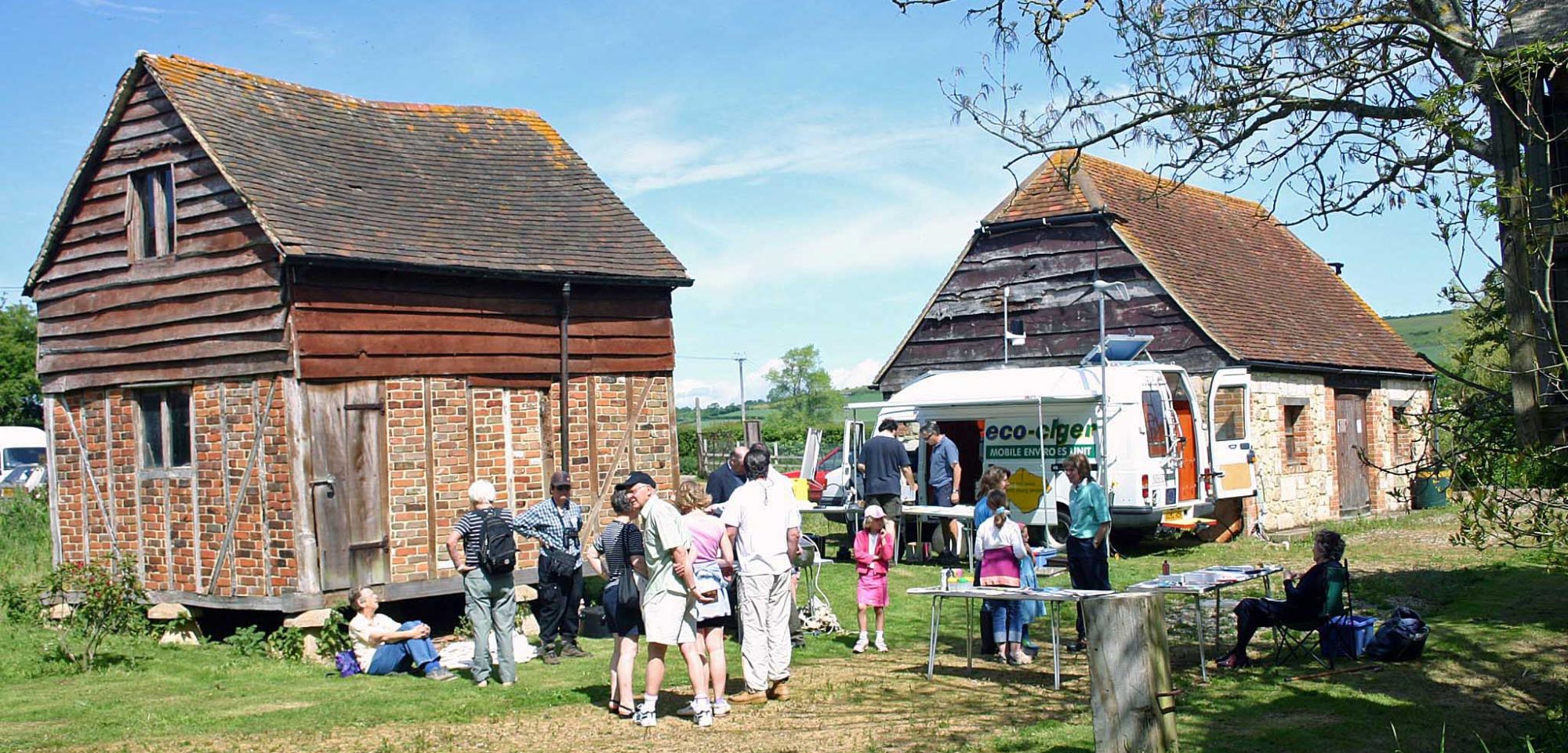20200119 Ringing Report
| Species | N Unringed bird ie New | S Previously ringed bird ie ‘Subsequent’ | Age 3 (hatched current calendar year) | Age 5 (hatched previous calendar year) | Age 6 (hatched earlier than last year or this year) | Age 4 (Year of hatching unknown but not this calendar year) | Totals |
| Blue tit | 7 | 11 | 14 | 4 | 18 | ||
| Great tit | 3 | 9 | 5 | 7 | 12 | ||
| Robin | 1 | 3 | 2 | 2 | 4 | ||
| Dunnock | 1 | 1 | 1 | ||||
| Cetti’s Warbler | 1 | 1 | 1 | ||||
| Song Thrush | 1 | 1 | 1 | ||||
|
Totals | 12 | 25 | 22 | 11 | 4 | 37 | |
|
Species 6 | |||||||
20200119 Haseley Centre, Feeders and High Level
Note: as you can see from my efforts above the ageing codes are complex and this is a simplification. Birds, like racehorses, for coding purposes all have a birthday on Jan 1st so a known ‘bird of the year’ (from plumage) on 31 Dec is coded 3 but on Jan 1st becomes a 5.
Our first catch of the year at Haseley. We called for 0800 and on the coldest day of the year so far the journey in was interesting for some of us at -2deg.C with ice and water on the roads and some beautiful hoar frost on the hazels at Bohemia Corner. There were six of us plus two very welcome visitors creating a buzz of enthusiasm. This looks meagre fare by most standards but left the team with a strong feeling of positivity because the paced flow of tits was ideal for working with keen newcomers.
There were a couple of 60′ nets on Centre with another later in the morning, the double 60′ High Level in the Siskin group on Upper West and the two 20s by the feeders. The nets set last night were not too iced and opened quickly. Bright sun increased the temperature to +2deg.C at 10:00 and 5deg.C by noon when we closed.
We played sound lures of Redwing and Siskin, changing to Firecrest when it warmed up a little, by High Level but although there were small birds seen in the treetops at first we only caught three all morning, Robin/Great Tit/BlueTit. Most birds came from the feeder nets including a retrapped colour-ringed Moorhen, a Group study species.
The titfest was leavened by a Song Thrush (maybe another good breeding season ahead, as last year?) and a retrap Cetti’s Warbler. Caught for the first time 28/07/2019 as a 3J ( plumage still at least 10% juvenile feathers) on a West CES he is likely a Haseley-bred bird although we had little evidence of their presence. Recaptured at Haseley twice more, 25 Aug and 16 Sept he was correctly aged as a bird of the year, once with the presence of a tail fault bar as additional evidence.
Wing/weight was respectively 63/15.4, 62/14.5 and 62/13.7 whereas today’s figures were 63/14.6. Demongin points out that these figures vary across the distribution range, decreasing from North to South and from East to West., and also that females increase weight in the breeding season. His figures are complex depending on region and supposed sub-species but basically for Great Britain if a bird’s weight is equal to or over 14.4 and the wing 61-65 it is likely to be male and interestingly this applies to our juvenile individual except for the lower weight on 16 Sept.
The bird is likely a boy and wintering well on Haseley invertebrates despite having no visible fat score today. Interestingly of the summer Hersey birds two aged 4 ie adult were sexed Male on cloacal examination, parameters 63/14.8 and 63/14.8 (as our bird today). One bird was left unsexed at 63/15.4. Of the three Females sexed on Brood Patch the parameters were 55/12.3, 56/11.8 and 56/13.1. Clearly this sexing method works for many of our Cetti’s including one newly-fledged bird so as we catch more of them we should take care to think about age especially if we have a chance of finding cloacal engorgement or a brood patch. A little statistical piece could develop for someone?
DW 20100120


Related Posts